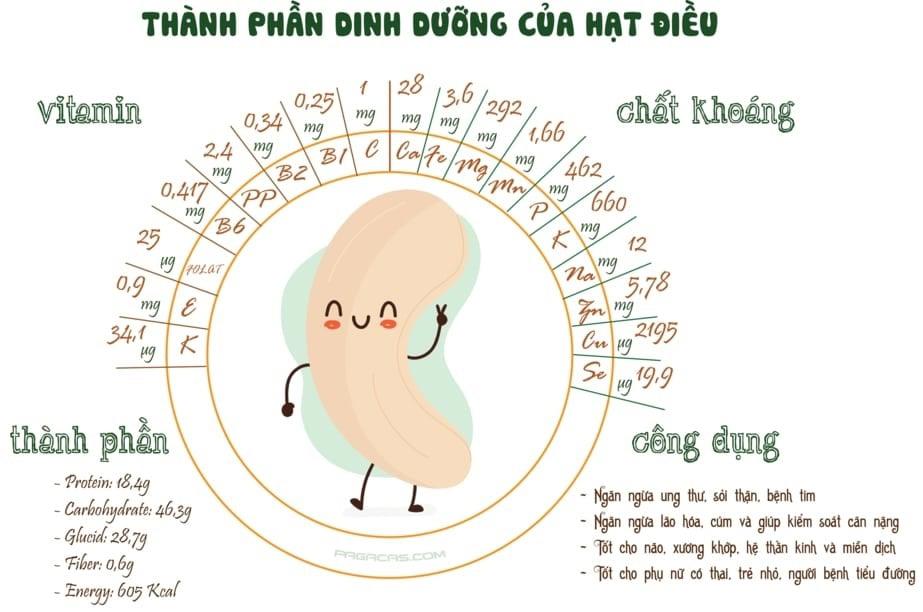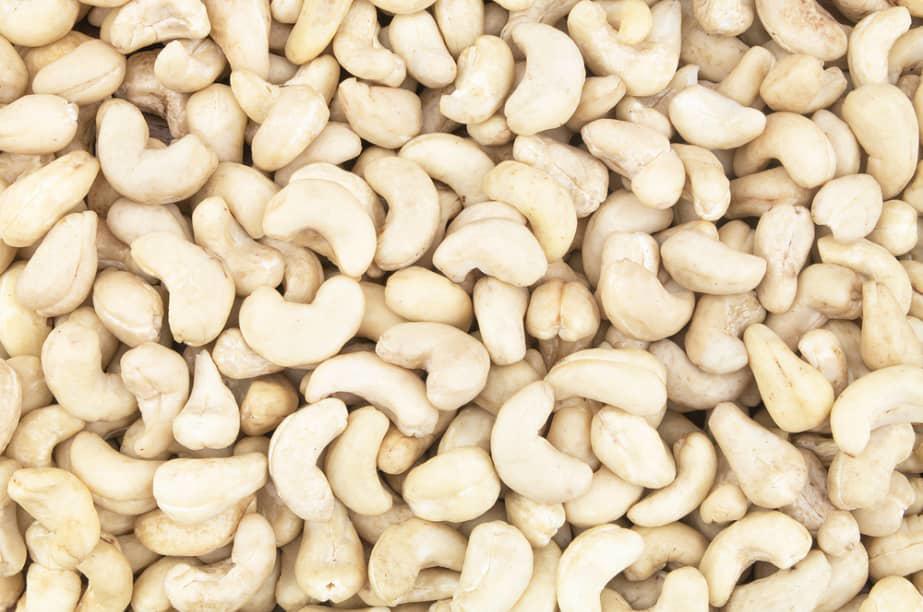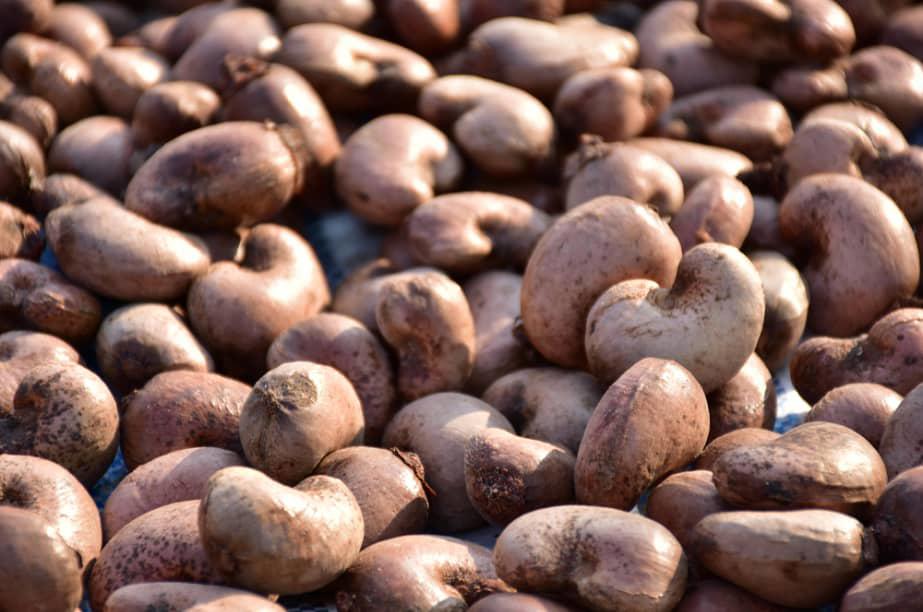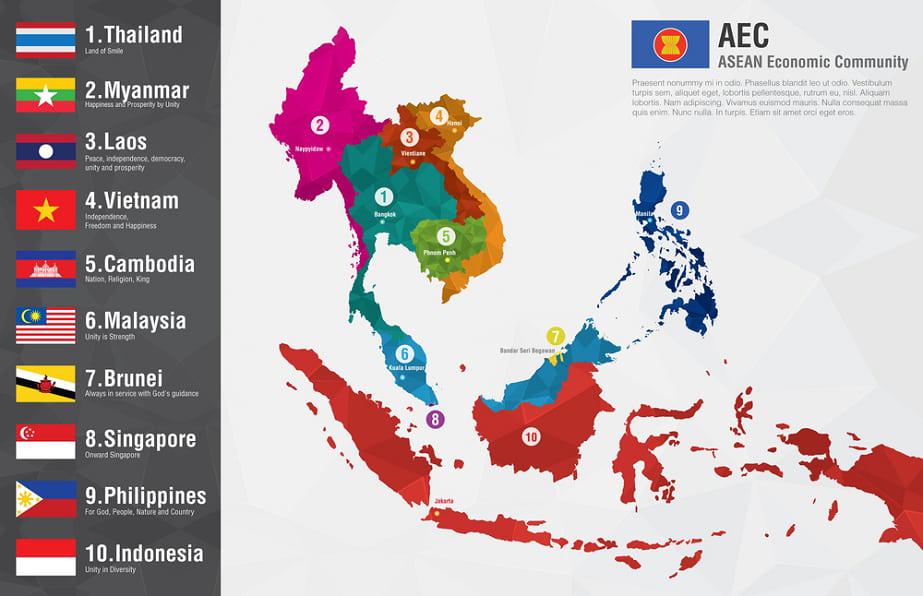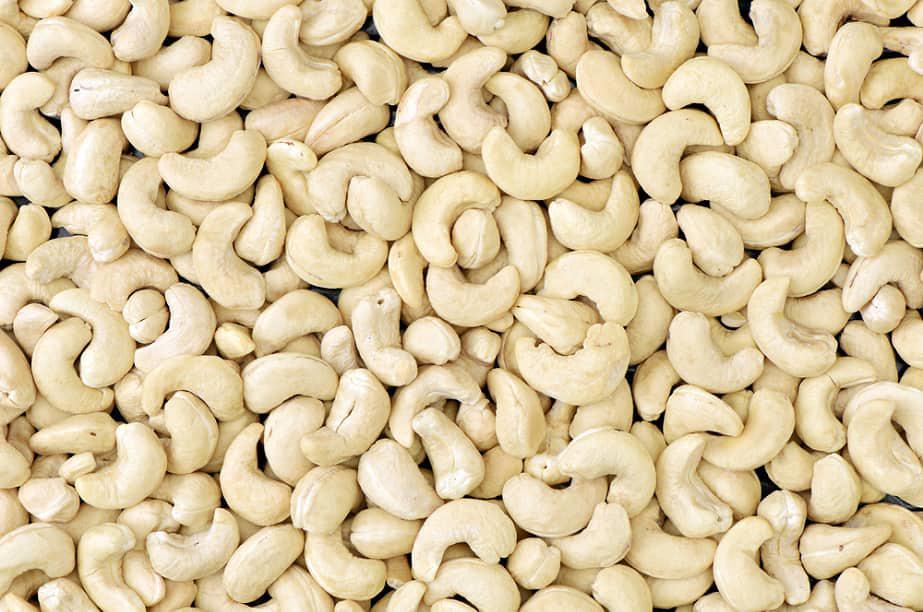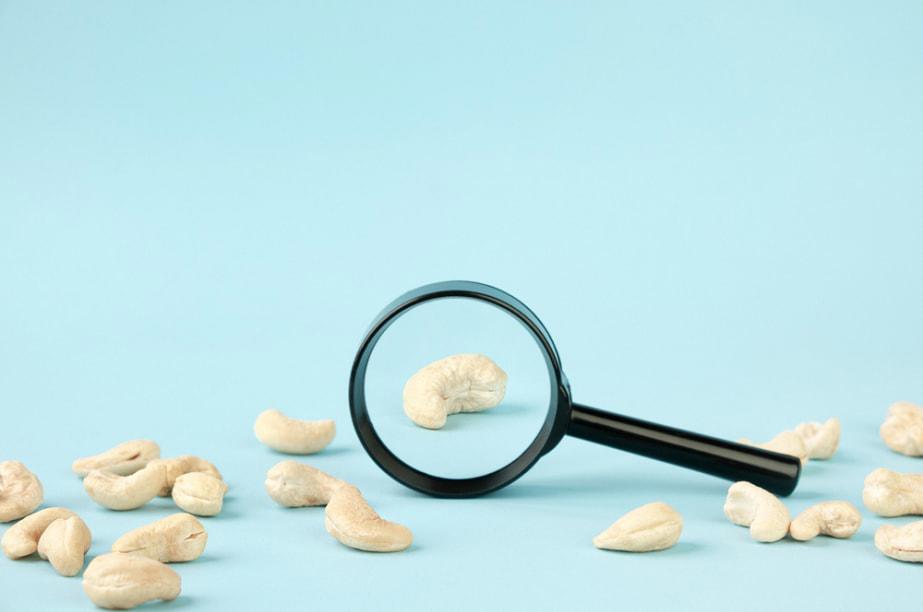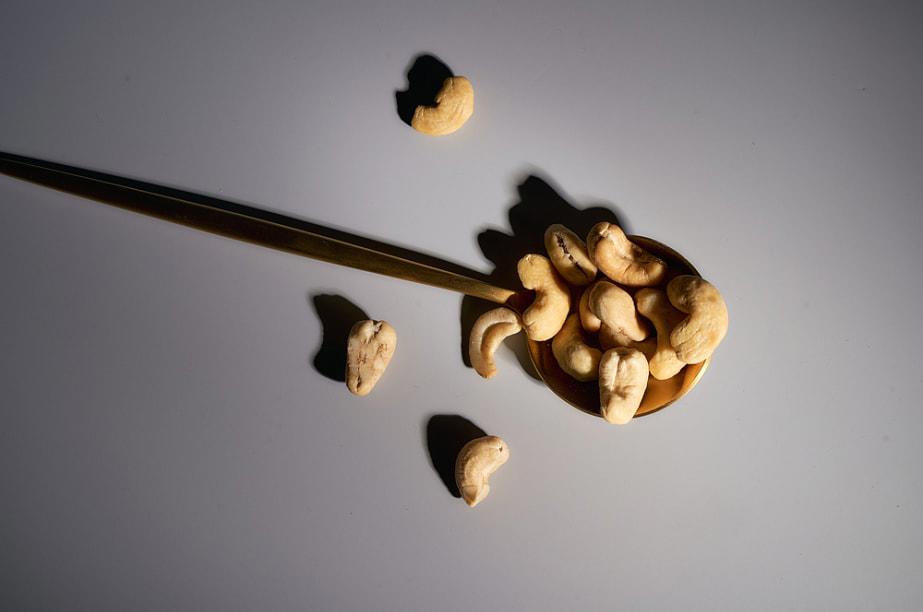Nowadays, cashew has become an export crop with high economic value for many countries that have favorable natural conditions for cashew tree development. Cashew has been such a popular product because demand for cashew kernels has been increasing with the wealth of countries.
Due to its tropical monsoon climate, Vietnam has developed a very fast cashew growing industry. Although just mentioned as a country to cultivate cashews in the last two decades of the 20th century, Vietnam has become one of the best countries (like Brazil, India) that both grow and export cashew kernels around the world. The interest of the Party and the State makes great strides in the cashew growing industry. Back in the days, as soon as the war against the U.S. ended, cashew trees could be brought into the forests that were destroyed by the war in the southern provinces. The first national conference of cashews was held in Song Be (now divided into 2 provinces Binh Duong and Binh Phuoc) in February 1983 by the Ministry of Foreign Trade. The conference’s focus was on propaganda on the high economic value of cashew trees, taking lessons from past cashew cultivation and discussing economic and technical measures for a higher outcome in the future. After the conference, the Ministry of Foreign Trade provided free cashew nuts to some local areas to encourage farmers to grow cashews. Growing cashews for eliminating hunger and having more export goods has become a movement that farmers are responding to, participating enthusiastically and voluntarily. Thereby Vietnam started exporting tens of thousands of tons of raw cashew nuts in the late 1980s.
In November 1980, Vietnam Cashew Association (VINACAS) was established to promote the development of the Vietnam cashew industry. As a direct bridge between producers and the government, VINACAS has promptly reflected the difficulties of producers (both growing and processing) and given their proposals for the government to consider and resolve. Notably, VINACAS has proposed the State to reduce the land tax on agricultural production for cashew growers; to include cashew trees in the National Seedling and Agricultural Extension Programs to receive financial support for building a system of cashew seed gardens in growing areas; encourage farmers to grow cashew trees; etc.
Later these recommendations are considered and resolved by the State, which has significantly impacted on cashew planting in the 90s. Activities of VINACAS have really supported the processing members greatly in purchasing cashew materials (including importing cashew nuts), improving processing techniques and exporting cashew kernel products. Following Decision No. 05/VCCP – BOG of the state on the 26th of January 1995, the surcharge rate and Price Stabilization Fund (PSF) for exported raw cashew nuts were adjusted from 4% to 10% and since 1996, raw cashew nuts have been allowed to import. These changes enabled the cashew processing and export industry to flourish. Encouraged and supported by the Association, processing members have had many initiatives, technical improvements such as improving the way of humidification from watering to boiling, lightly steaming or soaking, improving kernel drying process to achieve the highest efficiency in testa skin peeling, and grading products on conveyor belts. These initiatives have reduced production time, increased labor productivity, stabilized and improved the quality of Vietnamese exported cashew kernels in the international market.

Besides, VINACAS plays an important role in coordinating and supporting scientists in research projects on the cashew industry such as projects on cashew varieties, improvement and manufacturing processing equipment, etc. These research results have initially had a great impact on the production of the cashew industry. For example, the high yielding varieties MH2/7, MH3/7, MH4/5, MH5/4 and MH6/2 was approved by the Science and Technology Council of the Ministry of Agriculture and Rural Development to put into trial production under Decision No. 5218 BNN - KHCN/QD dated November 16, 2000 of the Ministry of Agriculture and Rural Development. Also, "Methods of intensive improvement for low-yield cashew orchards" guidelines, "Cashew seeding techniques by beveling and top wedge grafting", "Cashew planting techniques" have entered production.
Vietnam cashew industry faces huge challenges in the period 2000-2005
The great achievements of the cashew industry in the past period have made Vietnam one of the three largest exporters of cashew kernels in the world. Also, cashew nuts have become one of the most important export crops and brought the country hundreds of millions of dollars every year. However, in the recent leap, Vietnam cashew industry also has many limitations that are:
- The average yield of cashew nuts harvested per hectare across the country still remains low. Because of the small size of the kernels, the structure of the best quality cashew kernels for export has been only W240, W320, no larger grades. Therefore, the average price of Vietnam's export cashew kernels has been low.
- The worker’s skill level of mechanization in the cashew nut processing line is low. That many manual labors are used has reduced productivity. From that, manufacturers have not utilized valuable by-products, diversified products, and exploited and developed into commercial products from cashew apple, cashew wood, etc. In general, because the economic performance of processing cashew is still limited, the price of raw cashew nuts has not been increased yet. The competitiveness of Vietnam cashew kernels is still low due to high production costs (According to the recommendation of the Ministry of Finance in December 2002, cashews are one of the 16 export products of Vietnam that need to be improved in quality and lower in cost to be able to compete with other countries).
Plans to overcome and solve problems
It’s never been easy to overcome these shortcomings, develop the cashew industry firmly, stably, and set out targets in the "Project on cashew development up to 2010" approved by the prime minister in Decision No. 120/1999/QD-TTg dated May 7, 1999 (VINACAS has played a significant role in the process of developing this project). Therefore, two issues that are decisive for the success of the project including:
- It is necessary to have an official, specific plan on the area, area of intensive cashew cultivation and ecological cashew cultivation across the country:
- The area of intensive cashew cultivation (for commercial use) should only focus on areas which have obtained the high seed yield of cashew nuts (1.5 - 2 tons/ha) in recent years. In addition to having other high producing varieties to replace old varieties, it requires an investment in fertilizers, pest control, correct cultivation, and good management. It should be encouraged and supported with funding (if any) for the intensive cashew nut farm model because individual farms have advantages in capital, management effort and conditions to quickly bring technical advances into production. On the other hand, there is less of a risk when signing a consumption contract between the farm and the processing facility.
- The area of ecological cashew cultivation (for environmental protection & ornamental use) should only be expanded into bad soils with difficult farming conditions. No other tree species other than cashew trees can live and make profits although not high. (In India, the cashew acreage is only expanded into bad, dry, water-scarce soils, high sloping soils, eroding soils - Ex. coastal sandy soils).
- Built and implement a comprehensive scientific and technical research program for cashew trees on planting, processing, and import-export business with the following focuses:
- In terms of cashew cultivation, the key is still hybridization and intensive farming techniques. Varieties should be paid more attention, especially for large size seeds (to improve the structure of processed products) and pest resistance (to ensure a clean production environment).
- In terms of processing, it must be to mechanize the production stages that are still using too much manual labor, diversify processed products, and process more cashew products from cashew apple, cashew wood, etc. to improve the economic efficiency of cashew trees through the processing industry.
- In terms of business, it is necessary to promote a marketing strategy to expand the market and improve the competitiveness of Vietnam cashew products.
This comprehensive research program is implemented under the motto that the State (research institutions) and enterprises (both growing and processing) work, participate in fundraising together. The implementation progress of the program also needs to be strictly regulated to ensure that technical schedules meet production requirements.
REFERENCE:
Thanh, P. D. (2003). Cashew Nuts - Production and Processing.





